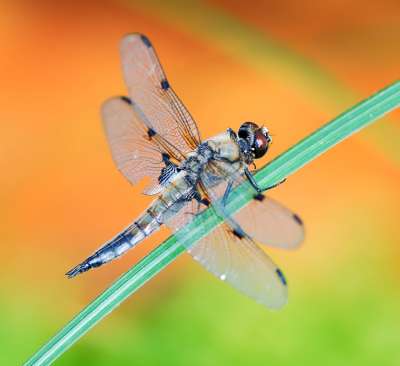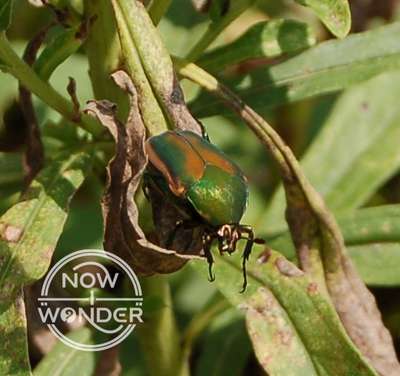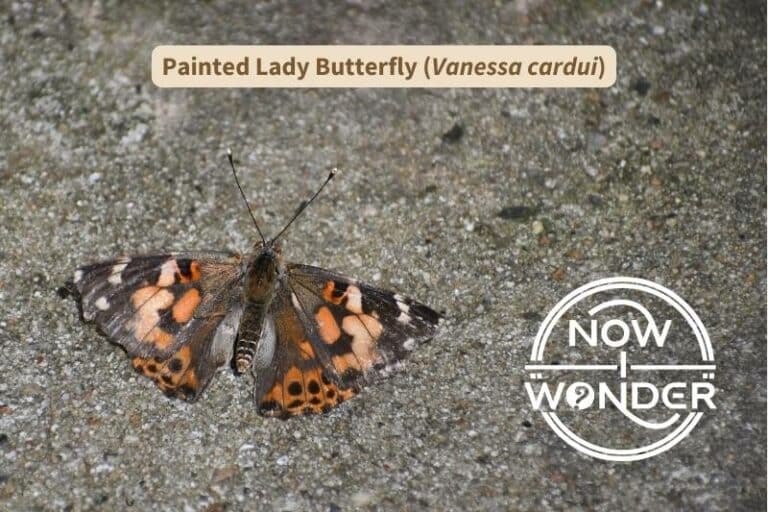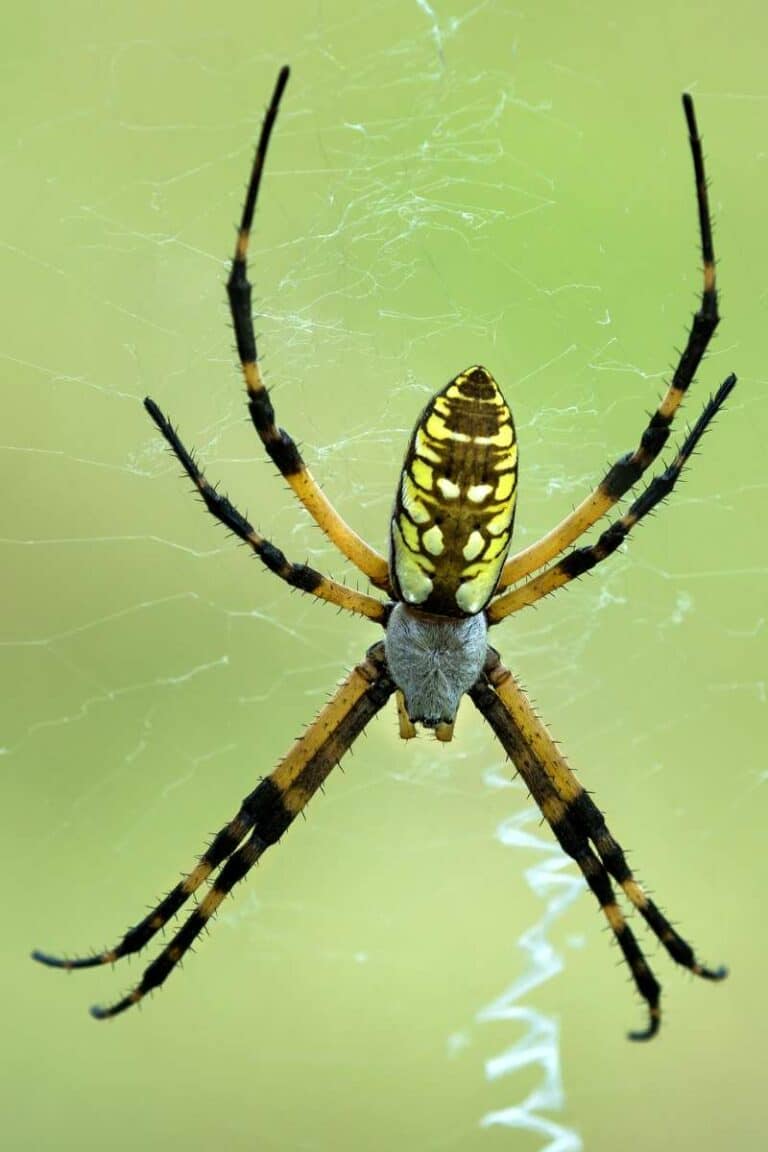Thirty-six species of snakes live in the state of North Carolina and every last one of them is a killer. Not necessarily killers of humans, although there are certainly a few species with the potential to do so, but killers of a wide variety of animals like mammals, insects, worms, amphibians, and fish.
Snakes are such effective predators that they’ve thrived over millions of years despite having no limbs, claws, or talons with which to subdue their prey. That got me wondering about something that you might wonder about too. Do snakes eat other snakes?
Some snakes eat other snakes but many do not. The behavior of eating snakes is called “ophiophagy”. Ophiophagus snake species are usually generalist predators which physically overpower other snakes through constricting, swallowing their prey alive, or using venom or toxic saliva.
Discovering that some snakes eat other snakes but others don’t raised more questions in my mind. Which snakes are which? How does one snake manage to kill another when they are so closely related? What are the similarities and differences between the species that eat other snakes and those that don’t? Read on for the answers I found to these questions.
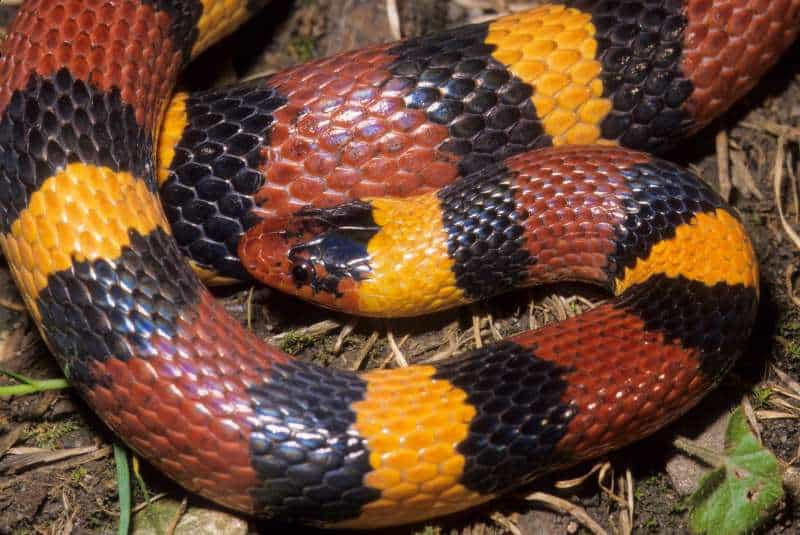
How common is ophiophagy in snakes?
Approximately 36 snake species are found in North Carolina and of these, 12 are known to eat other snakes. The majority of the ophiophagus snakes are colubrid snakes (belonging to family Colubridae), but a few pit viper species (belonging to family Viperidae) also prey on other snakes.
When and why do snakes eat other snakes?
Snakes survive by hunting, killing, and eating other animals but for any danger to exist in encounters between two snakes outside of mating season, at least one of them must be inclined to ophiophagy. A fellow snake is a potential meal opportunity to an ophiophagus species but snakes that do not naturally feed on other snakes will simply hunt their standard prey.
Beyond this obvious requirement, an ophiophagus snake will attack another snake when certain criteria are met.
Hunger
First, the ophiophagus snake must be hungry enough to make the effort.
As ectothermic reptiles, snakes have much lower energy needs than endothermic animals like mammals and birds and eat infrequently. A recently fed snakes which has no metabolic need for additional fuel will be calm and unmotivated to hunt, even if in close proximity to likely prey.
Opportunity
Second, the snake-eating snake must find a likely victim and maneuver itself within striking distance without the prey snake becoming aware of its presence.
Snakes use different strategies for locating prey, depending on their species. Some hunt primarily by sight, others by smell, and some use a combination of both senses. Snakes can be ambush predators or active foragers; some use different strategies at different times of the year.
Ambush predators take up a position in areas where their prey is likely to be found and simply wait. They remain motionless and unnoticed until their prey comes close enough to attack, while active foragers range across their habitats actively seeking and pursuing likely prey.
Likelihood of success
Third, the ophiophagus snake must deem the likelihood of success to be greater than the possibility of failure before it will attack a fellow snake.
Theoretically, any snake which encounters an ophiophagus individual is in mortal danger, but the reality is almost like the competitive game “Rock-Paper-Scissors”. In Rock-Paper-Scissors, every option can be beaten by another option – rock crushes scissors, scissors cuts paper, and paper covers rock. There is always a winner and a loser.
Every animal species has its own unique defenses against predators; predators succeed in killing prey only when they can overwhelm the prey’s defenses. An ophiophagus snake risks being injured or even killed during an attack if the prey snake’s defenses are sufficiently effective. Snakes can defend themselves using the same mechanisms they use to hunt, including venom, strong bites, toxic saliva, or constriction, depending on the species.
Every offense of an ophiophagus snake can be countered by a defense of a prey snake; what matters is the identity of the participants.
A venomous snake can be killed by a constrictor if restrained so quickly it is unable to bite, or by a snake immune to its venom. For example, kingsnakes in the genus Lampropeltis are immune to pit viper venom so successfully prey on species such as copperheads and cottonmouths.
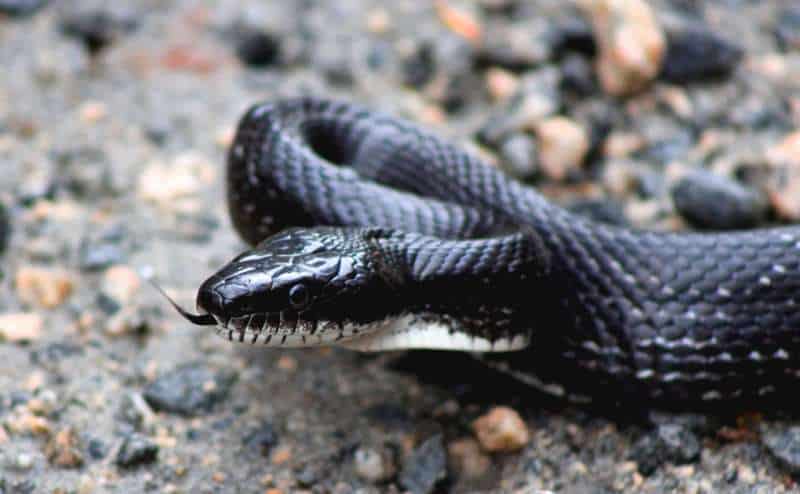
A constrictor can be killed by a venomous snake if sensitive to the venom and sufficiently envenomated. An example might be a corn snake (Pantherophis guttatis), which is a constrictor, attacked by a coral snake (Micrurus fulvius), which is venomous.
Body size matters in match ups between snakes as well, especially in encounters between non-venomous individuals who rely on jaw strength and their physical mass to subdue their prey. An example of this is the indigo snake (Drymarchon couperi). While not found in North Carolina, it is native to Florida and the southern-most regions of Georgia. Large individuals can grow to 8 feet long (2.4m) and regularly prey on other snakes, even dangerous pit vipers like rattlesnakes and cottonmouths (Gibbons and Dorcas, 2015).
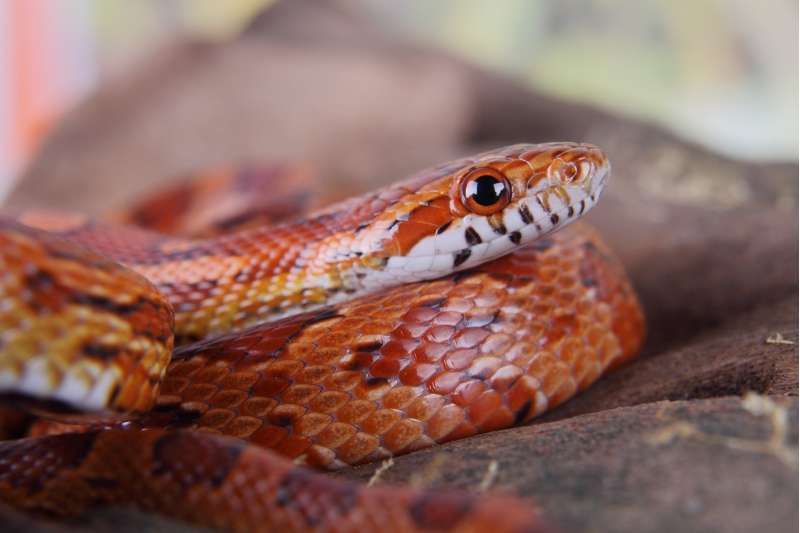
Which snakes eat other snakes?
Here is a table showing ophiophagus snake species found in North Carolina.
| Common name | Scientific name | Size range in inches (in centimeters) | Offensive/defensive mechanisms | Hunting strategies |
| Ring-necked snake | Diadophis punctatus | 12-24 (30.5-61) | Toxic saliva | Active forager |
| Scarlet snake | Cemophora coccinea | 18-24 (46-61) | Constrictor (for prey other than eggs) | Active forager |
| Common gartersnake | Thamnophis sirtalis | 24-48 (61-122) | Toxic saliva | Active forager |
| Mole kingsnake | Lampropeltis calligaster | 24-48 (61-122) | Constrictor | Active forager |
| Scarlet kingsnake | Lampropeltis triangulum elapsoides | 10-24 (25.4-61) | Constrictor | Both active forager and ambush |
| Milksnake | Lampropeltis triangulum triangulum | 24-48 (61-122) | Constrictor | Both active forager and ambush |
| Common kingsnake | Lampropeltis getula | 48-72 (122-183) | Constrictor for large prey, swallows small prey alive | Active forager |
| Corn snake | Pantherophis guttatis | 36-72 (91-183) | Constrictor for large prey, swallows small prey alive | Active forager |
| Racer | Coluber constrictor | 36-72 (91-183) | Swallows prey alive (NOTE: is not a constrictor, despite its scientific name) | Active forager |
| Copperhead | Agkistrodon contortrix | 24-48 (61-122) | Venomous | Ambush |
| Cottonmouth | Agkistrodon piscivorus | 36-72 (91-183) | Venomous | Both active forager and ambush |
| Coral snake | Micrurus fulvius | 24-48 (61-122) | Venomous | Active forager |
Commonalities of snakes that eat other snakes vs. those that don’t
The characteristic common to snakes that eat other snakes is that they are generalist predators, meaning they eat a wide variety of animals, rather than specializing on just eating snakes. Other than a varied diet, ophiophagus snakes are different sizes, belong to different Families, live in different habitats, use different techniques to kill their prey, and hunt differently.
Conclusion
Successful predators like snakes take their meals where they can find them. The goal of every creature in the natural world remains as it has always been – to survive and reproduce. In the case of snakes that eat other snakes, meeting this goal means dining on their own relatives.
Related Now I Wonder Posts
To learn more about snakes, check out these other Now I Wonder posts:
- Can snakes swim?
- Can you tell a snake is venomous by the shape of its head?
- Cottonmouths vs. water moccasins: What you need to know
- How do snakes move around?
- Can snakes climb trees?
- Why do snakes climb trees?
- Pythons, boas, anacondas: Meet the world’s biggest snakes
- What are the world’s biggest snakes afraid of?
References
Behler JL, King FW. 2020. National Audubon Society field guide to reptiles and amphibians: North America. New York (NY): Alfred A. Knopf.
Conant R, Collins JT. 1998. Reptiles and amphibians: Eastern/central North America. 3rd ed. Peterson Field Guide Series. Boston (MA): Houghton Mifflin Co.
Gibbons W, Dorcas M. 2015. Snakes of the southeast. Revised ed. Athens (GA): University of Georgia Press.
[Wikipedia] Wikipedia. [April 2022]. Ophiophagy. [Internet]. https://en.wikipedia.org/wiki/Ophiophagy

